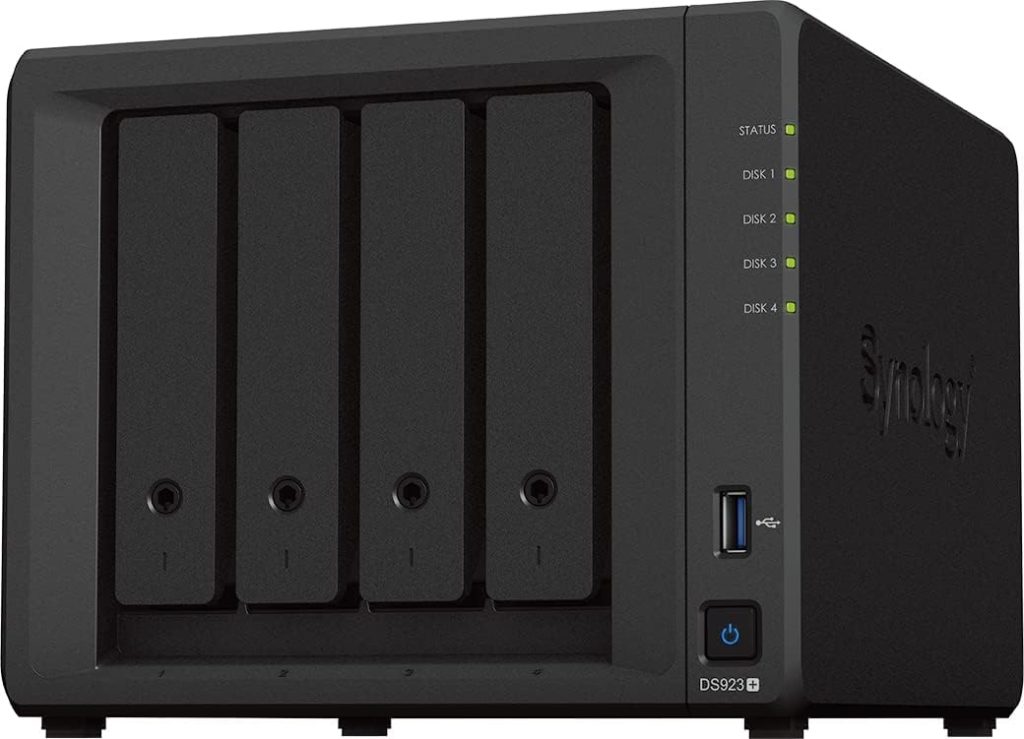When you envision a photography business, the highlights probably involve the thrill of capturing unforgettable moments, the satisfaction of delivering powerful visual stories, and the creative freedom of being your boss. But there’s a side that often goes uncelebrated, which has less to do with creativity and more to do with critical systems that keep a business running smoothly.
For instance, as a working photographer or videographer, your workflow goes far beyond taking photos or editing videos. Much of the effort lies in managing files, backing up assets, handling finances, and staying organized. Today, I’m breaking down the less-glamorous but essential elements: transitioning to a more robust 3-2-1 backup plan with a NAS (Network-Attached Storage), improving file integrity, and bookkeeping—all of which keep me from spending sleepless nights wondering if I’ve lost precious work or missed an expense.
File Integrity and the 3-2-1 Backup Plan.
In the digital age, your work must be stored securely and reliably. I’ve been using the 3-2-1 backup method for years, which involves keeping three copies of every file: two stored locally but on different devices and one stored offsite. This approach minimizes the risk of losing work due to drive failures or disasters.

Recently, I’ve been upgrading one of my “2” backups to a NAS system instead of a standard external hard drive. The beauty of a NAS lies in its ability to manage file integrity actively. Unlike a basic hard drive, which simply stores data, a NAS includes software that continually checks file health and alerts you to any issues. This software runs integrity checks, like checksum verification, which can detect even tiny file corruptions before they become a bigger problem.
The NAS is a more reliable backup, and I’m also using it to back up my and my wife’s computers. This setup is a massive step up from Mac’s Time Machine, a good tool for automatic backups, but Mac’s Time Machine lacks some of the active management features that NAS software provides. With the NAS, I have a better handle on what’s happening with each file, and I can run scheduled backups from both devices directly to it, centralizing and safeguarding everything in one spot.

Bookkeeping: Staying on Top of Finances
Alongside technical tasks, managing finances is another crucial, ongoing aspect of my business. I use Quicken to track all bank and credit card transactions and rely heavily on its categorization feature, especially as tax season approaches. This organization keeps me aware of my expenses, categorizes them for easy tax reporting, and helps me see spending patterns—something you don’t want to overlook.
In addition to tracking transactions, I scan and attach all business-related receipts to each Quicken transaction. This small habit saves me hours when filing taxes and protects me if I ever need to verify an expense. Scanning and organizing receipts may seem tedious, but it’s part of keeping my business documentation accurate and audit-proof.
Consistency: The Key to Staying Organized
The thing about financial organization is that you can’t let it build up and then tackle it sporadically. Waiting too long to log transactions can lead to confusion, forgotten details, and even missed fraudulent charges. There have been times when I’ve uncovered incorrect charges simply by staying on top of my records.
For instance, this consistent oversight helps me catch subscriptions I may have forgotten to cancel. As you grow your business, these small amounts can add up, so staying proactive is essential. And as tempting as it might be to put off bookkeeping, regularly updating your records will keep you aware of your cash flow and allow you to stay financially nimble.
For Freelancers: The Payoff of Organization
For those freelancing in photography or videography, this level of organization and attention to backup protocols may initially feel excessive. But it’s worth it. Keeping your files secure and your finances organized frees you to focus on what you do best—creating. By investing a little extra time and effort in these practices, you’re ultimately protecting both your work and your business.
Remember, the “back end” of your business—the part clients never see—plays a massive role in your ability to deliver work reliably and sustainably. Taking these steps now to ensure file safety and financial accuracy will help you operate confidently and with peace of mind as you move forward.

